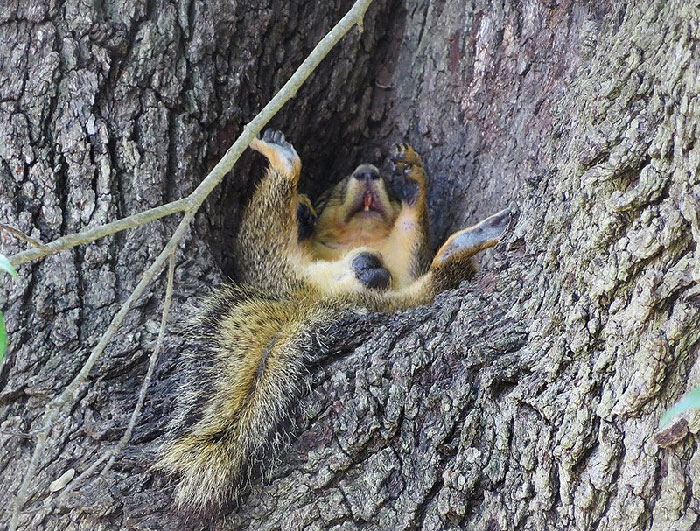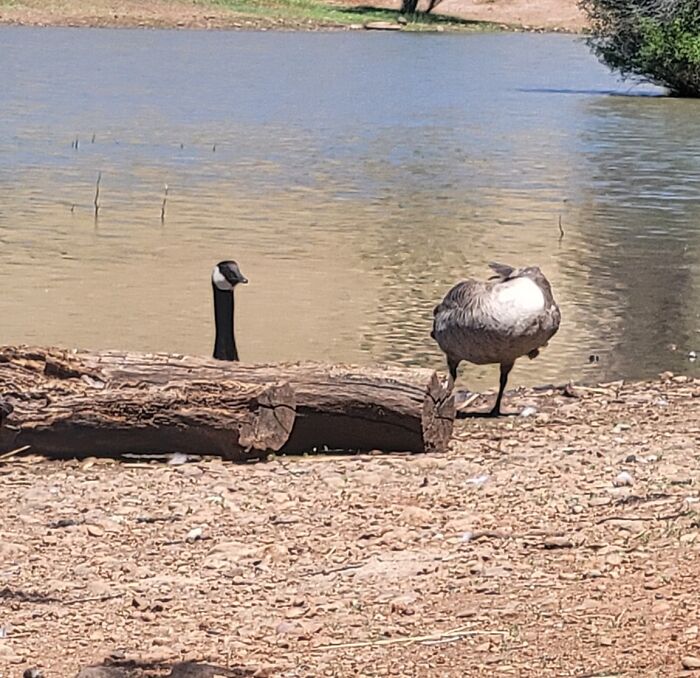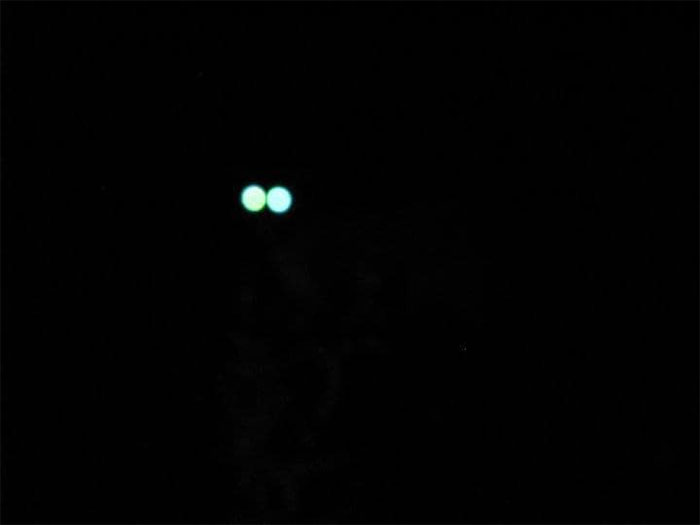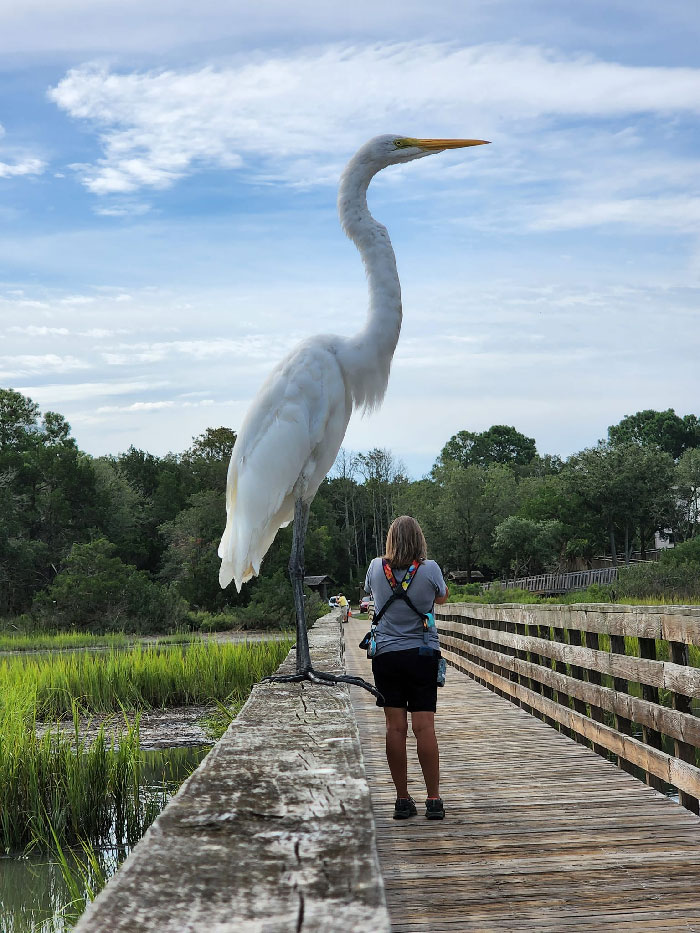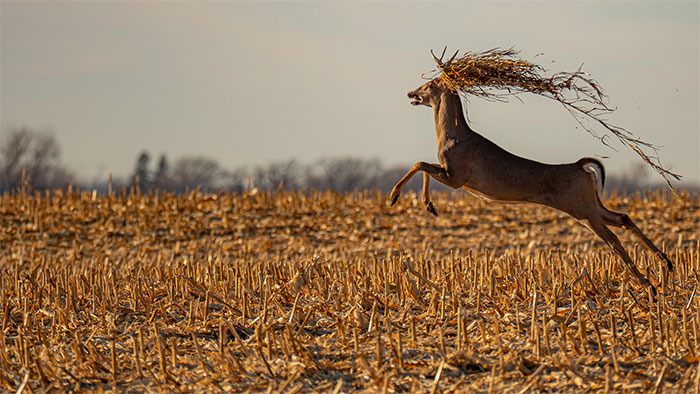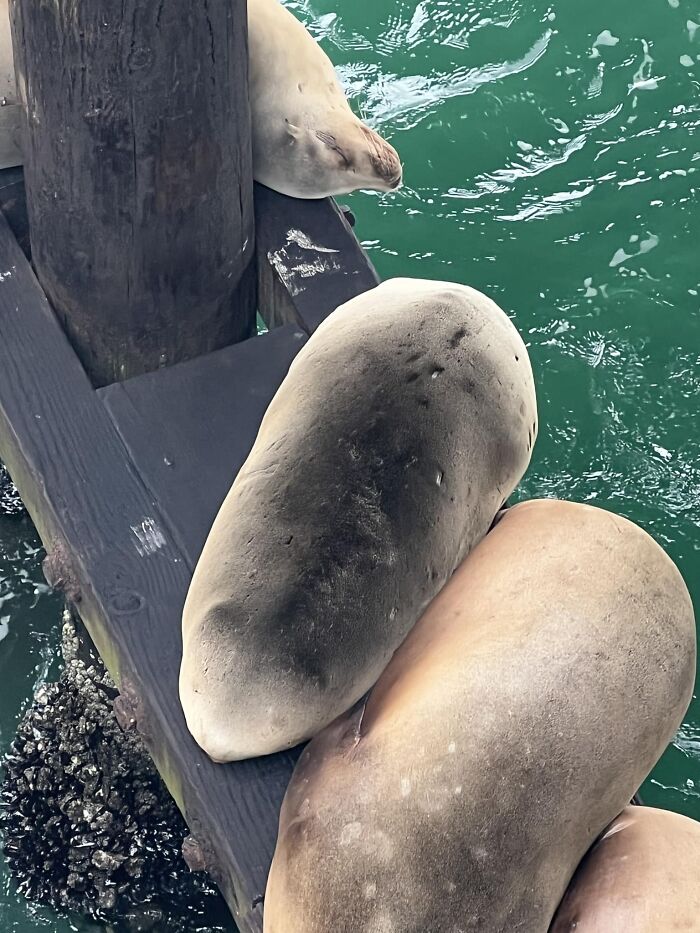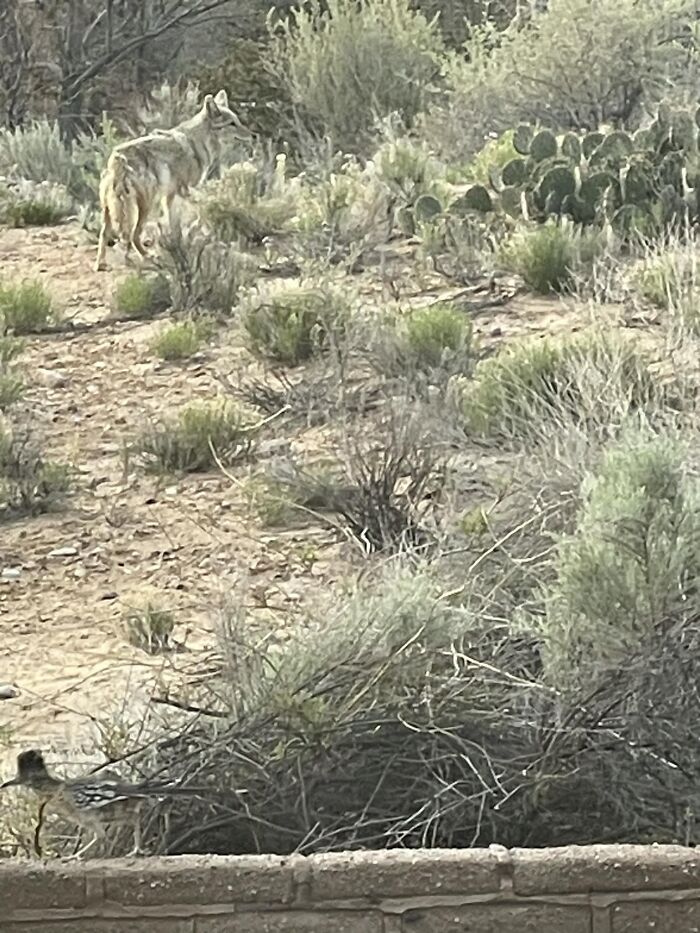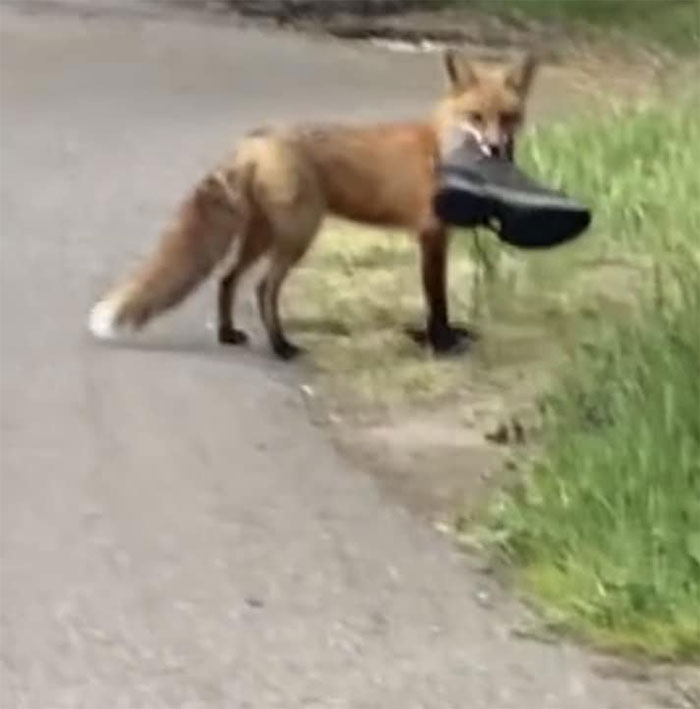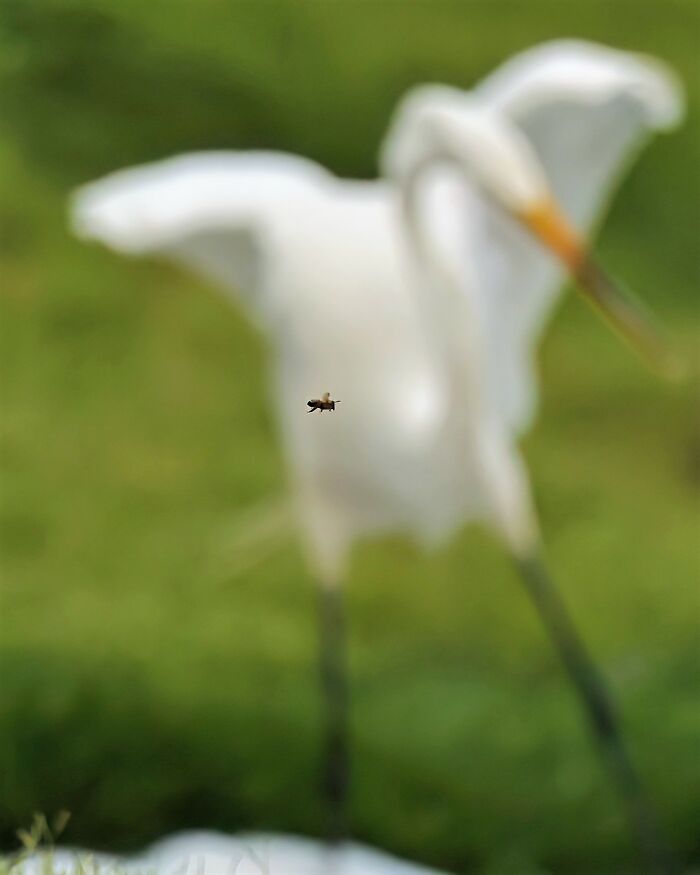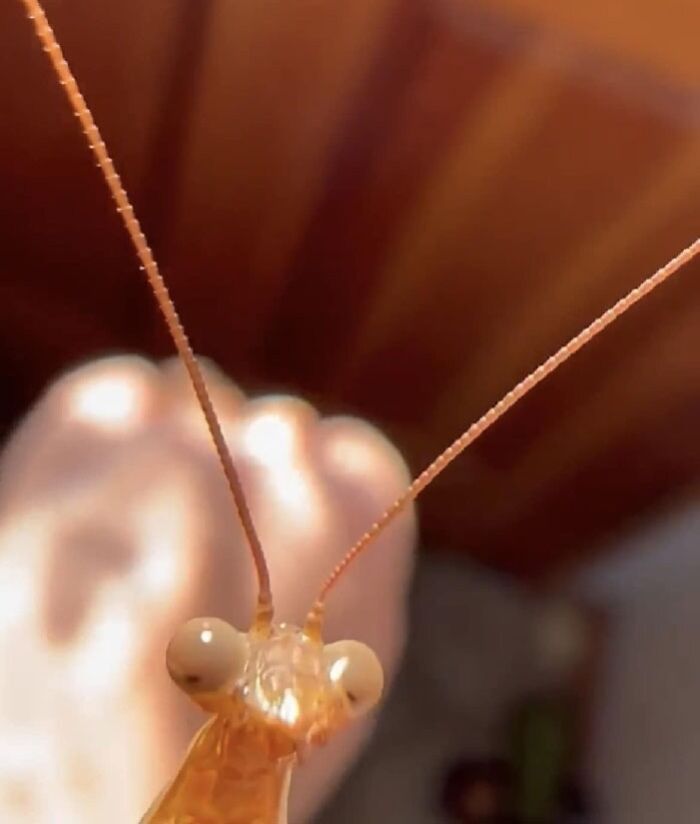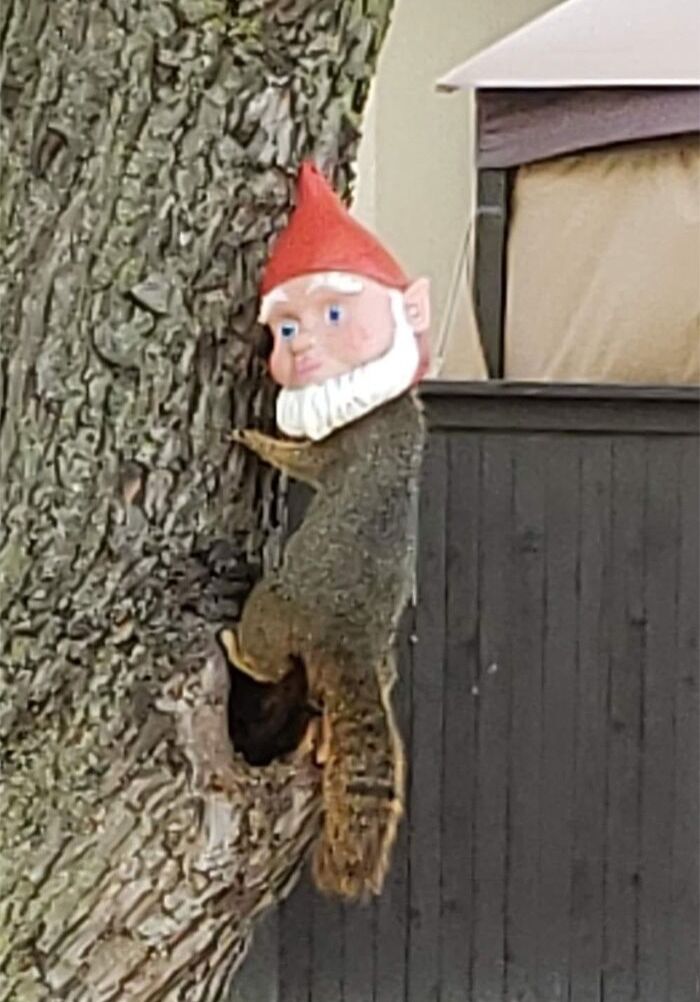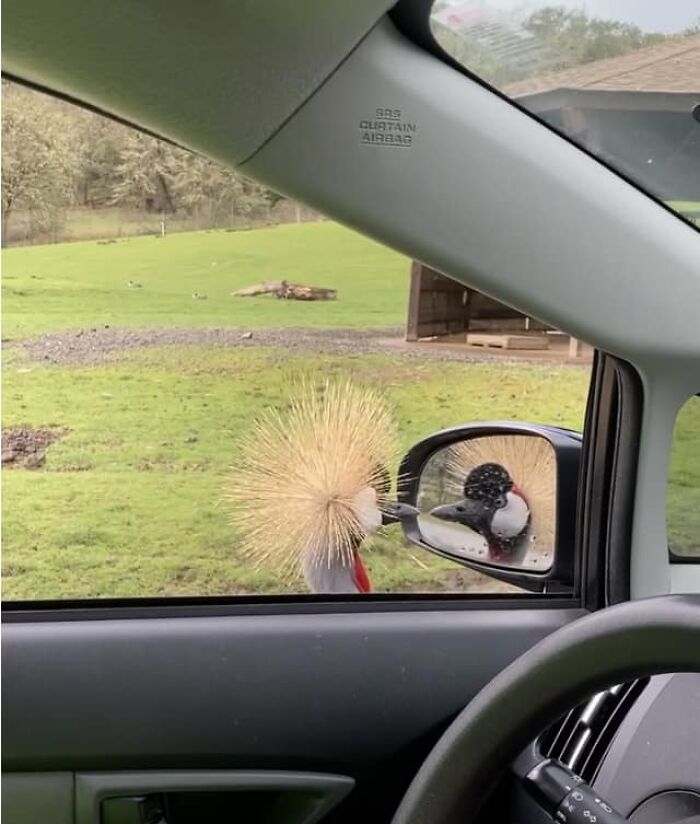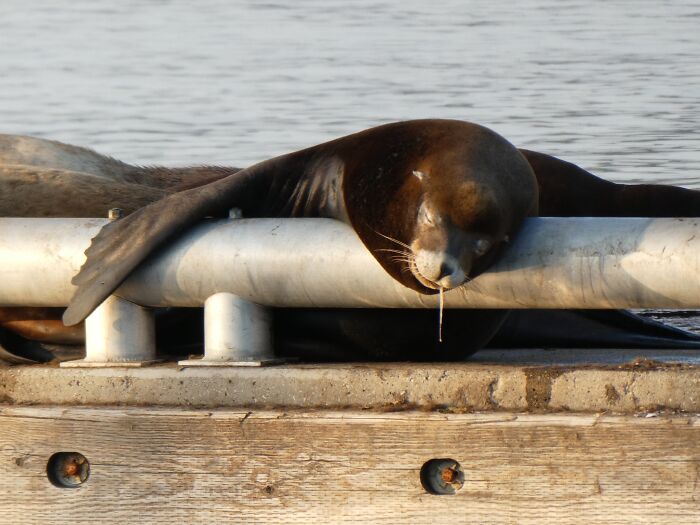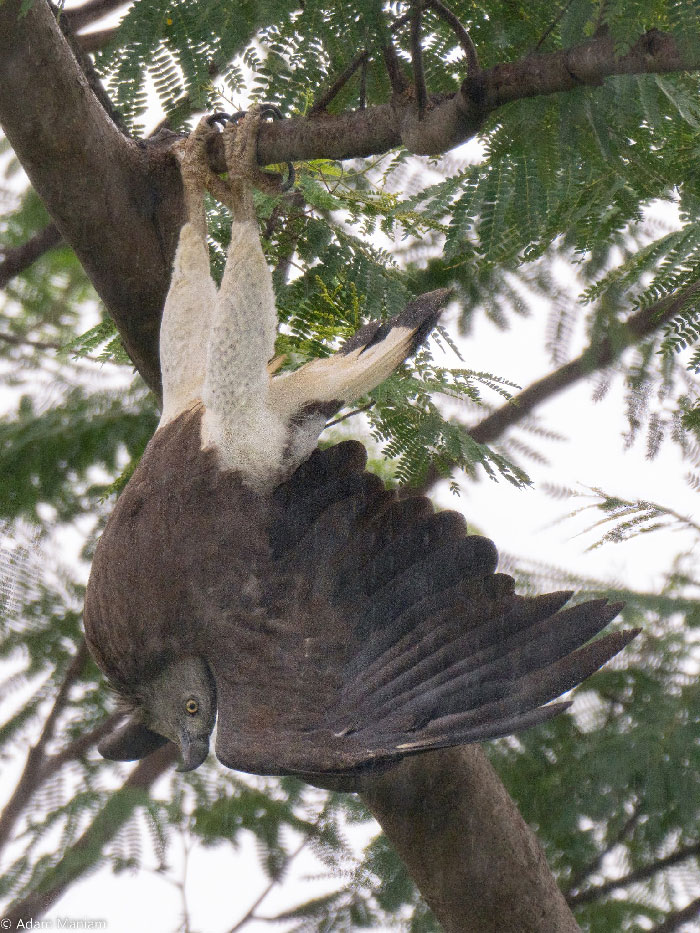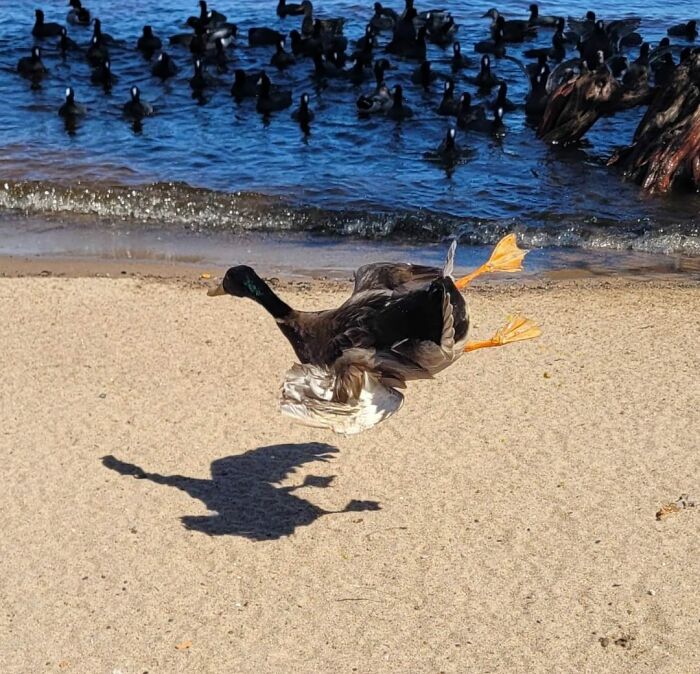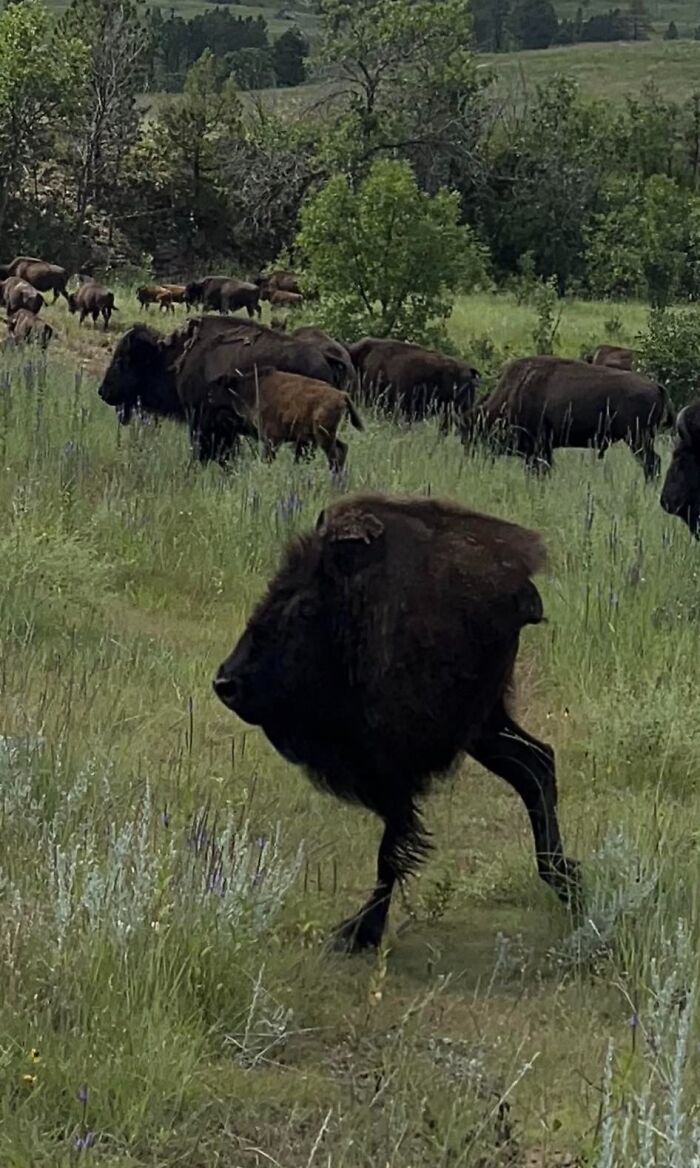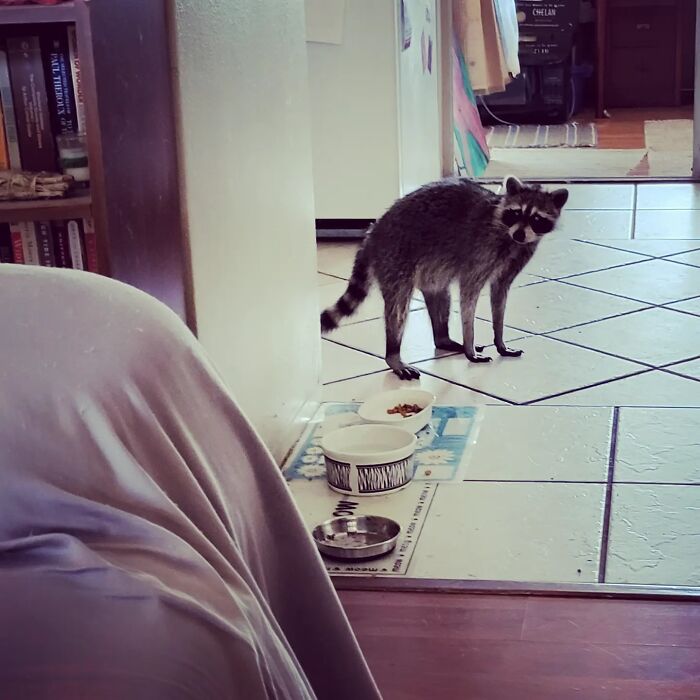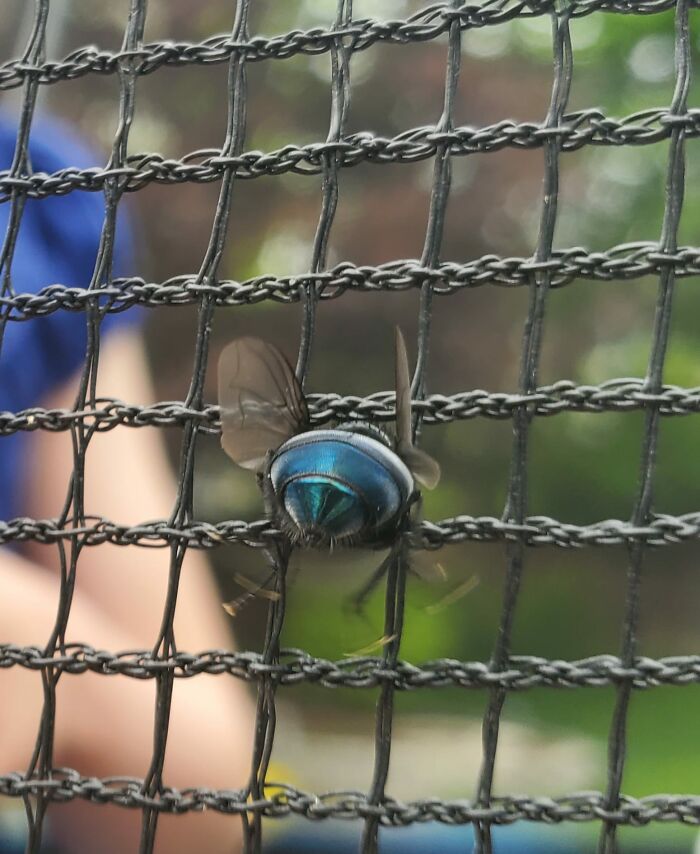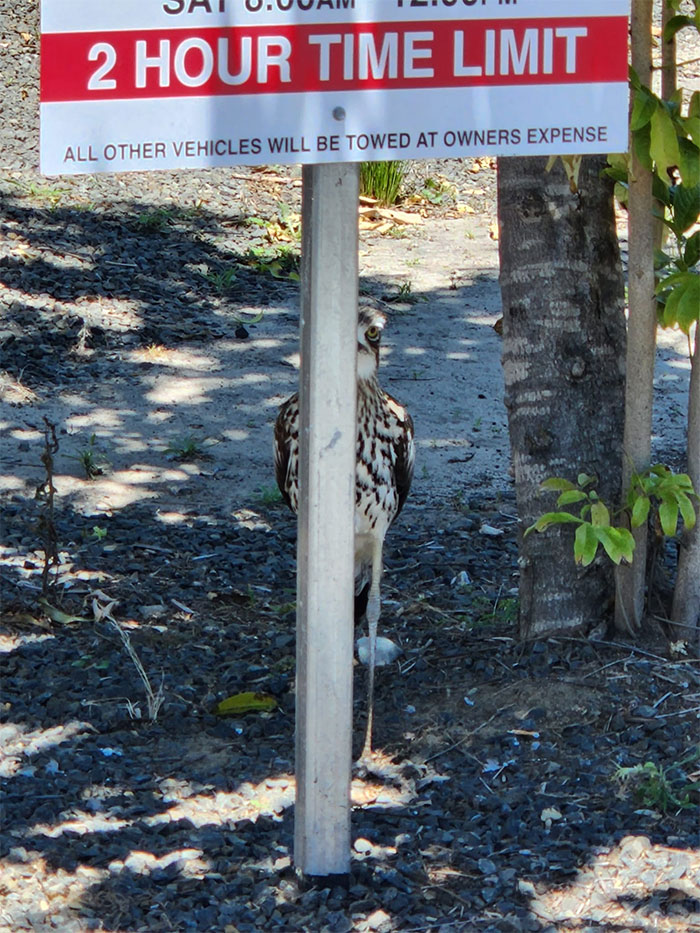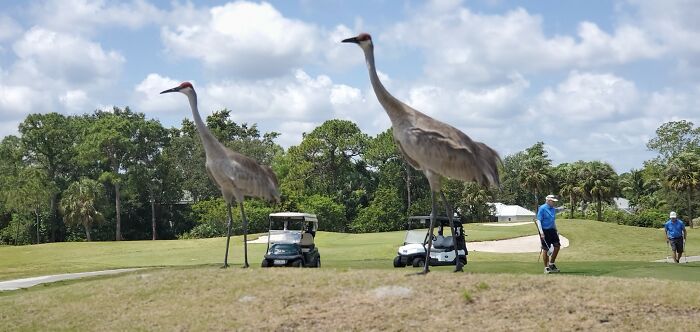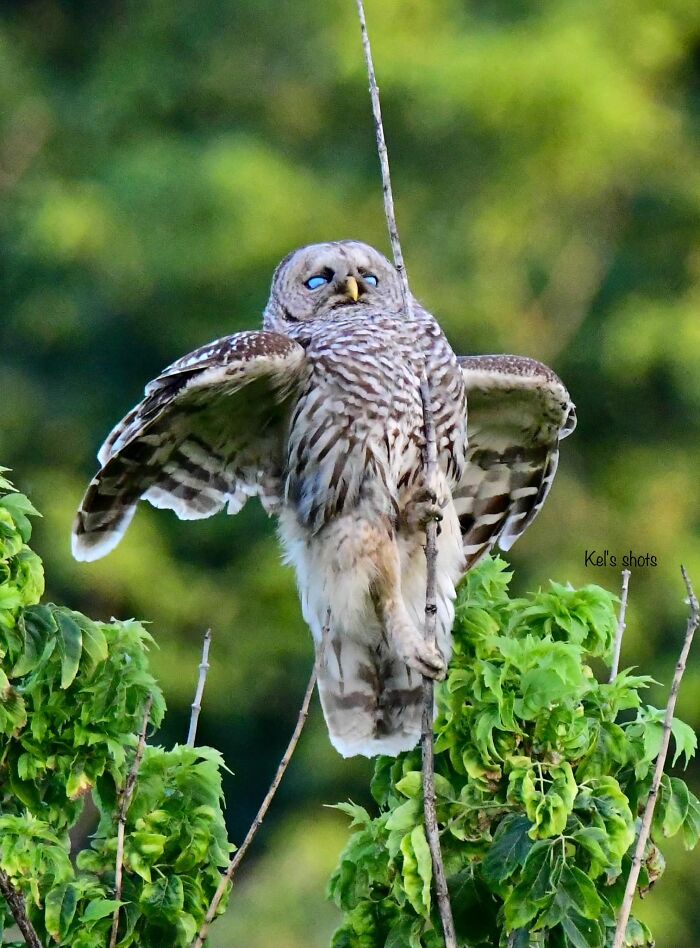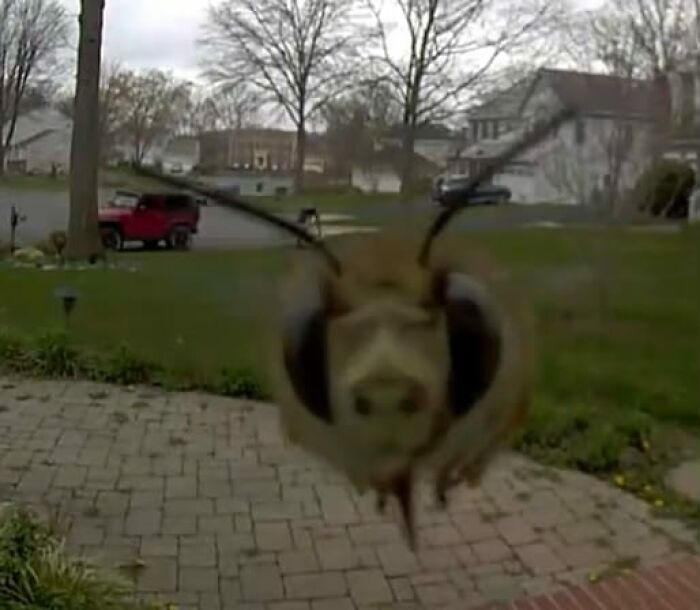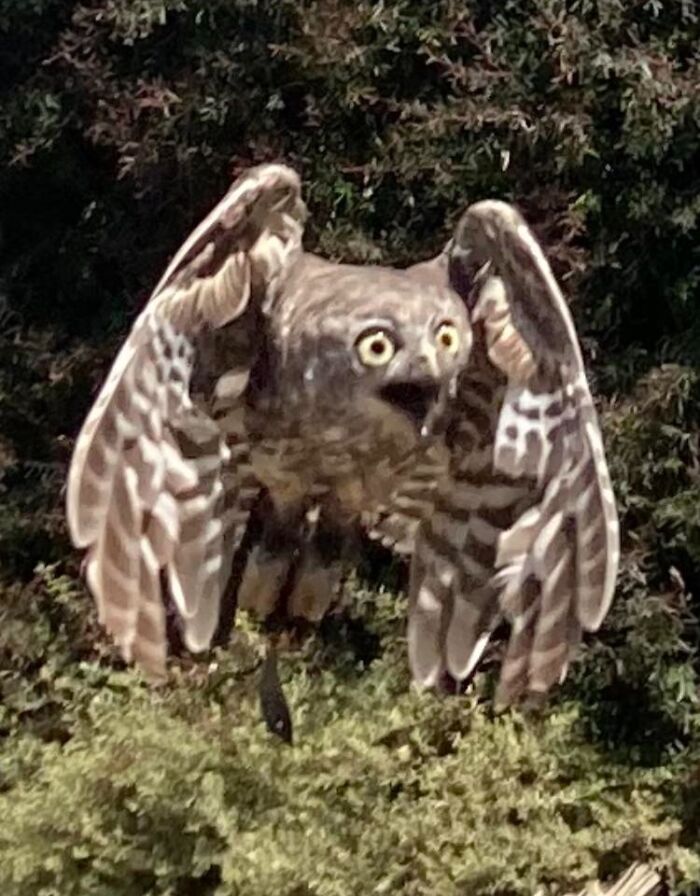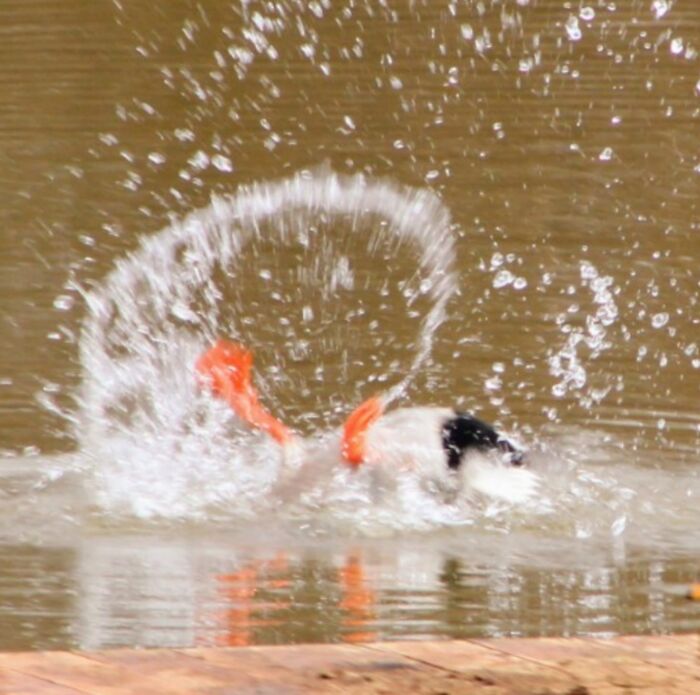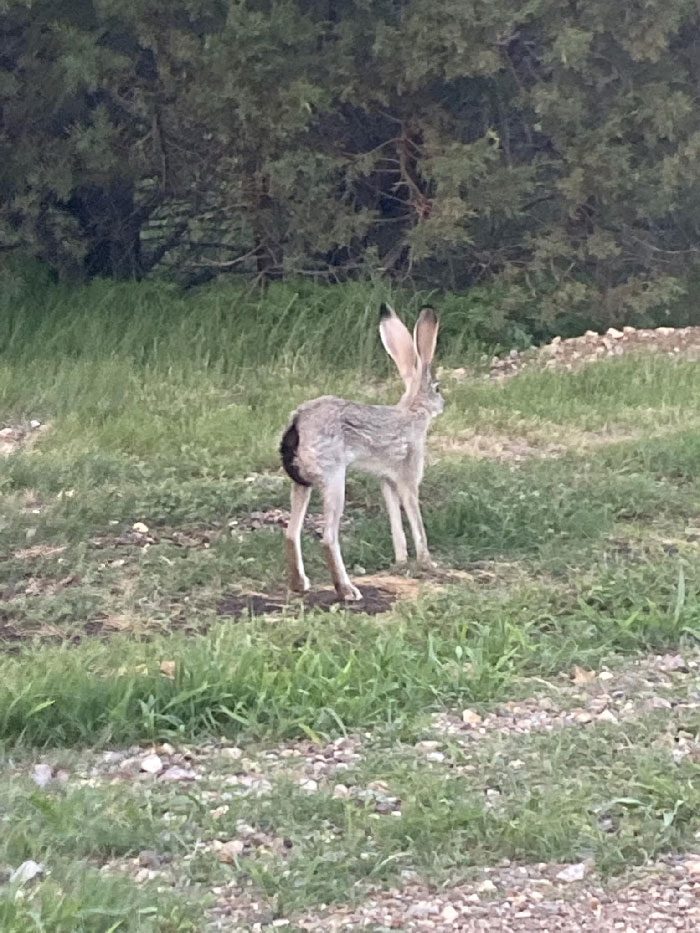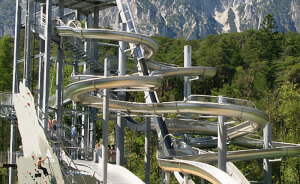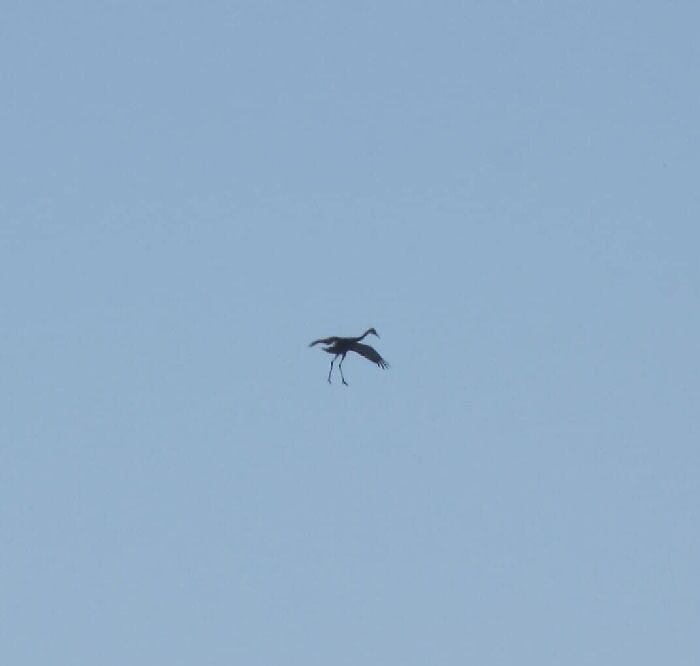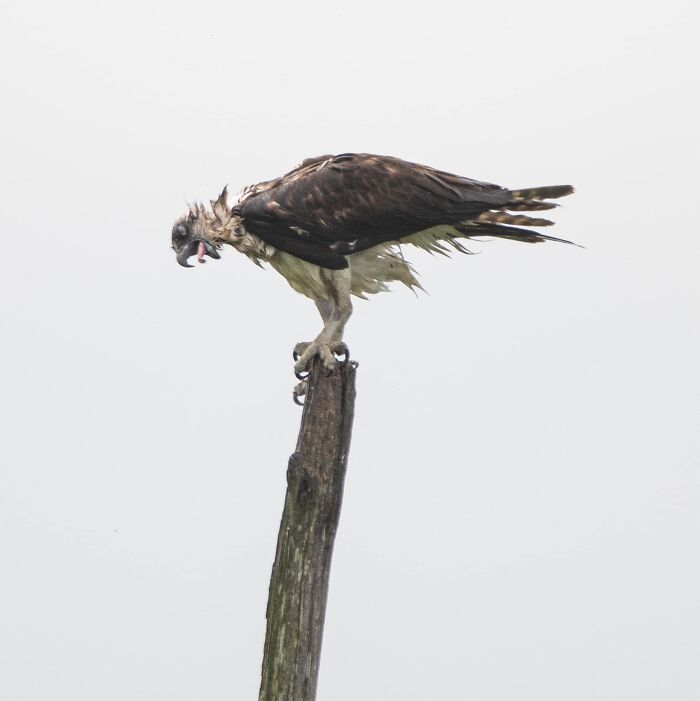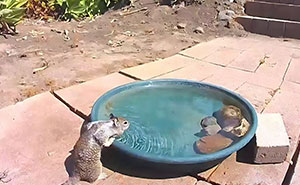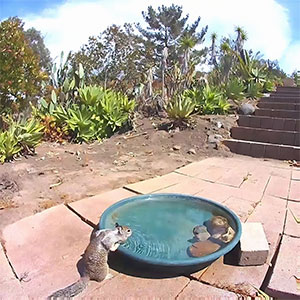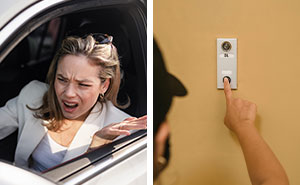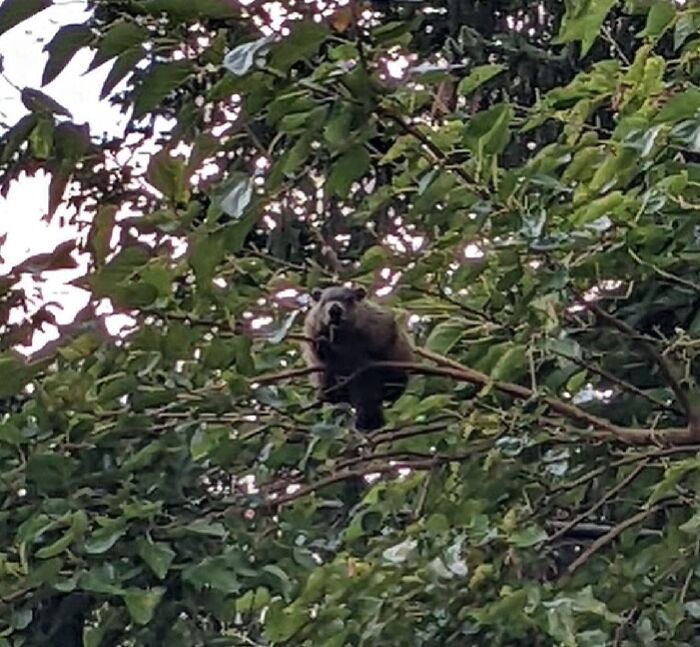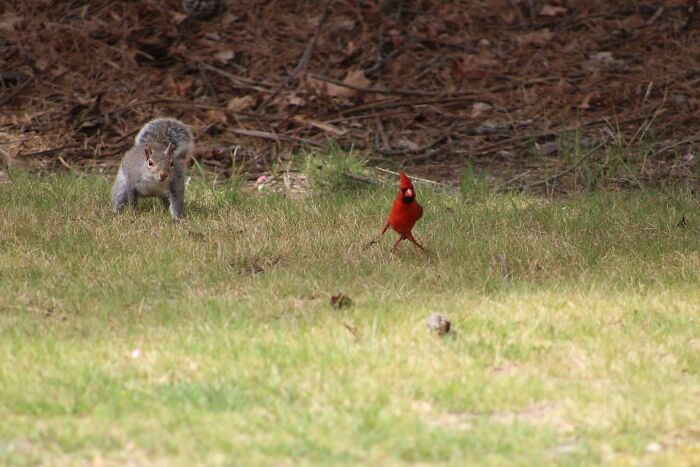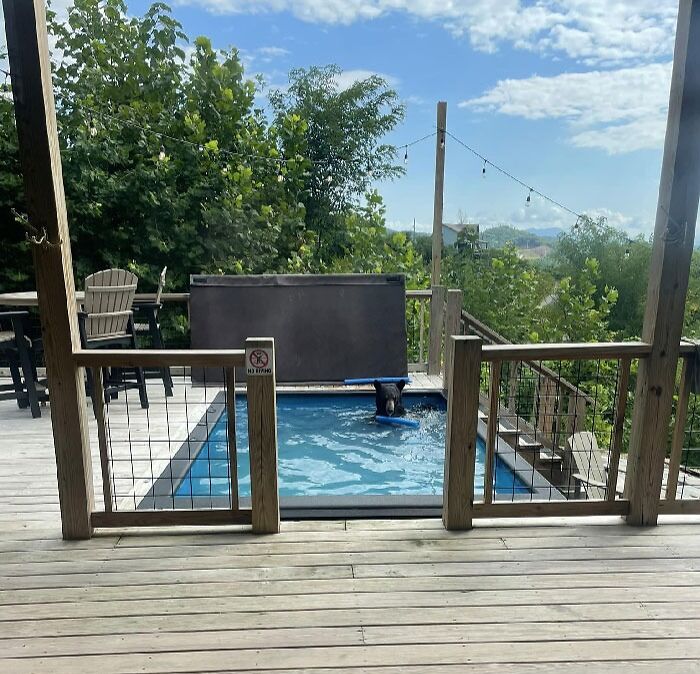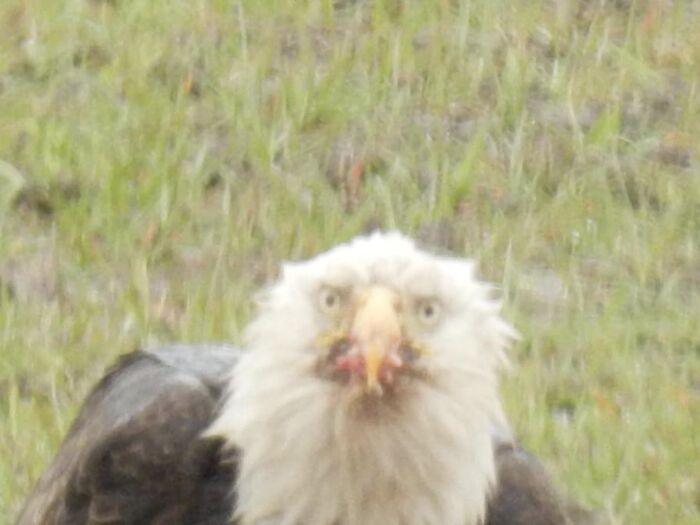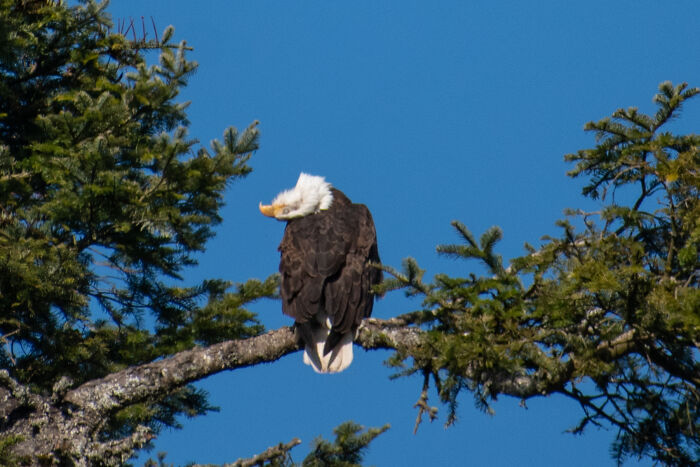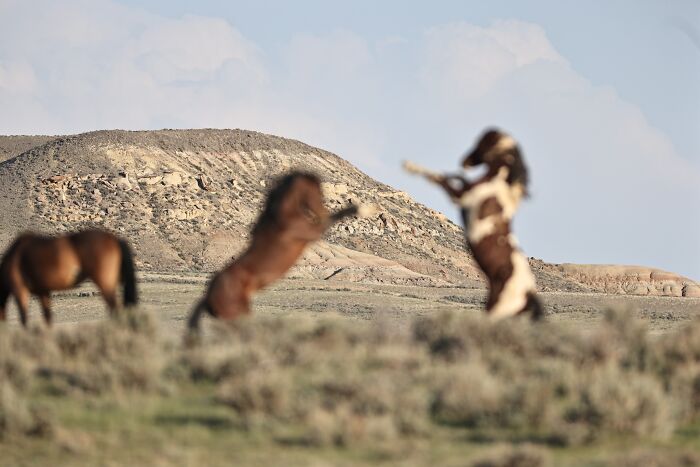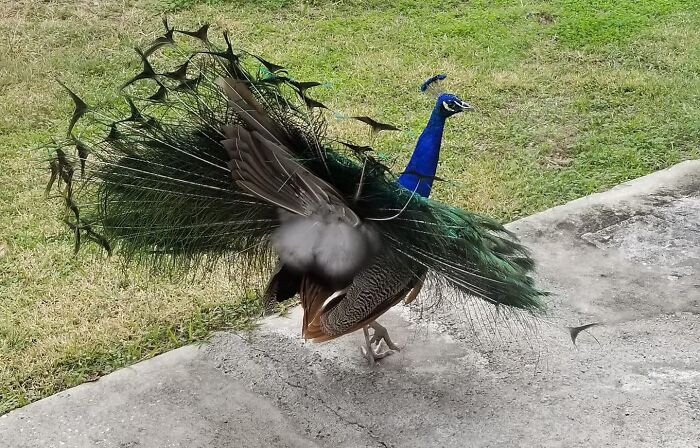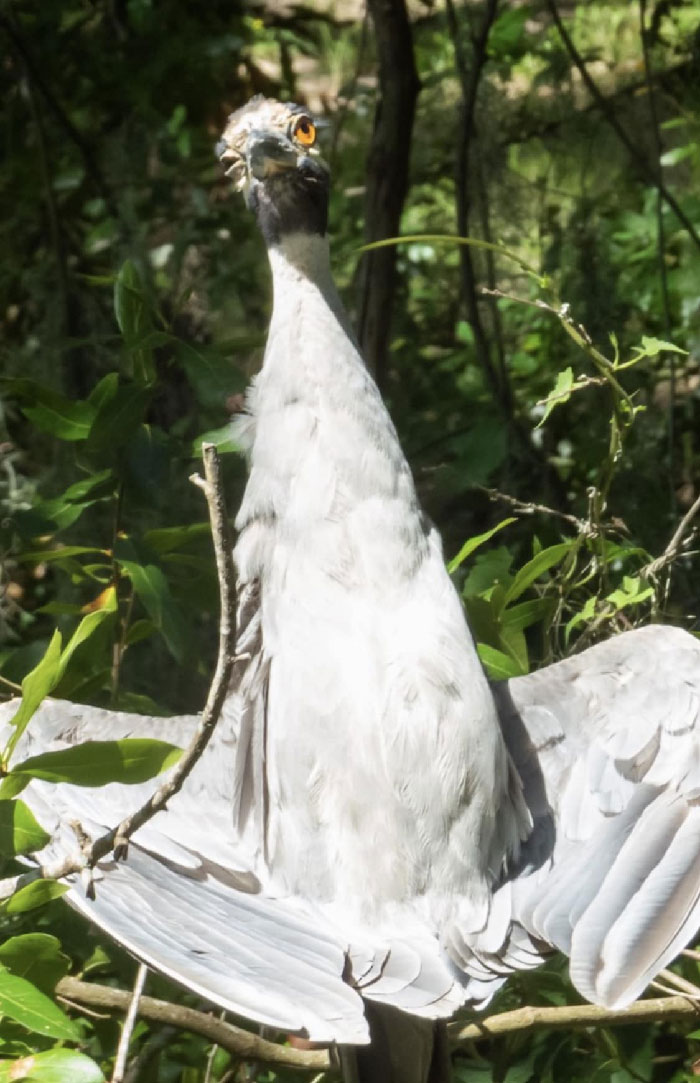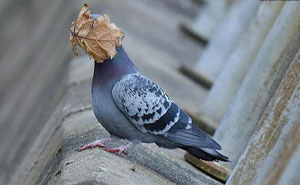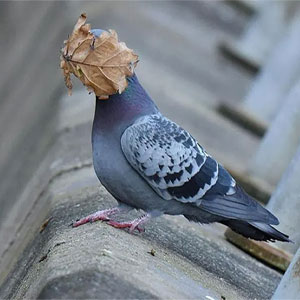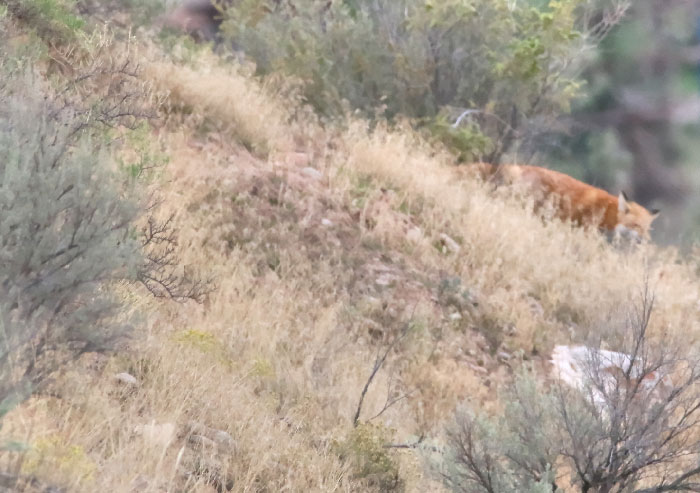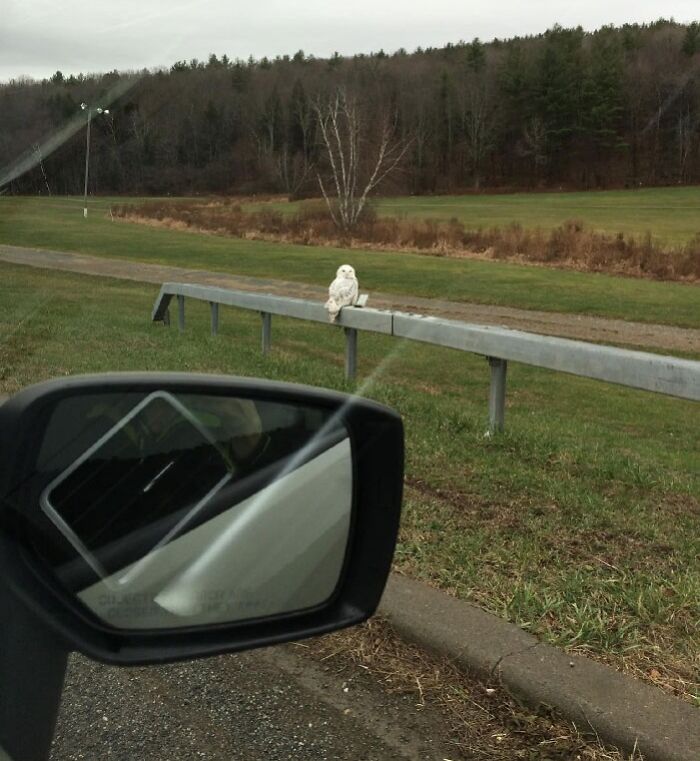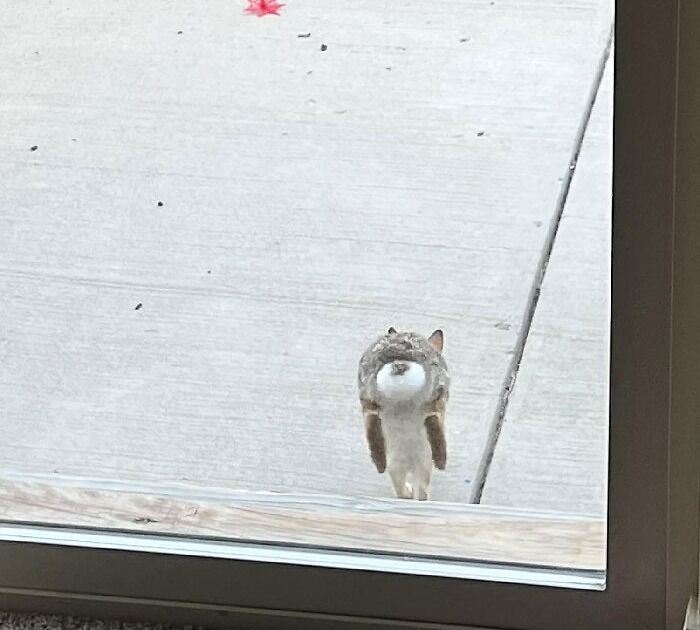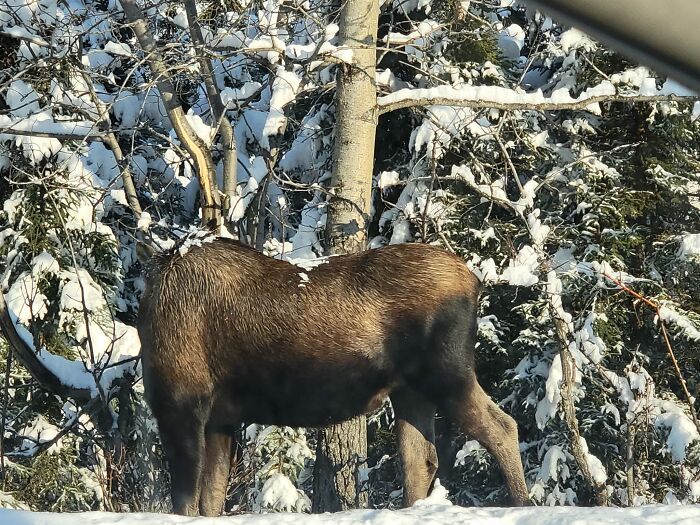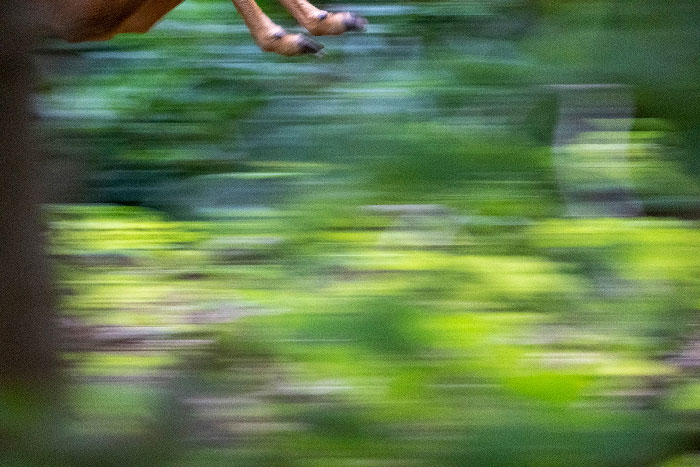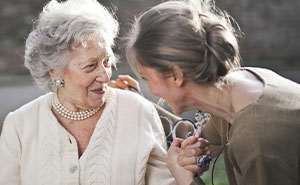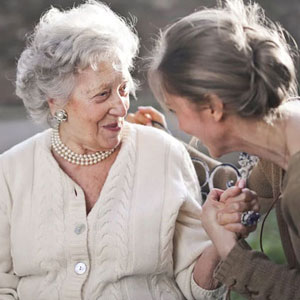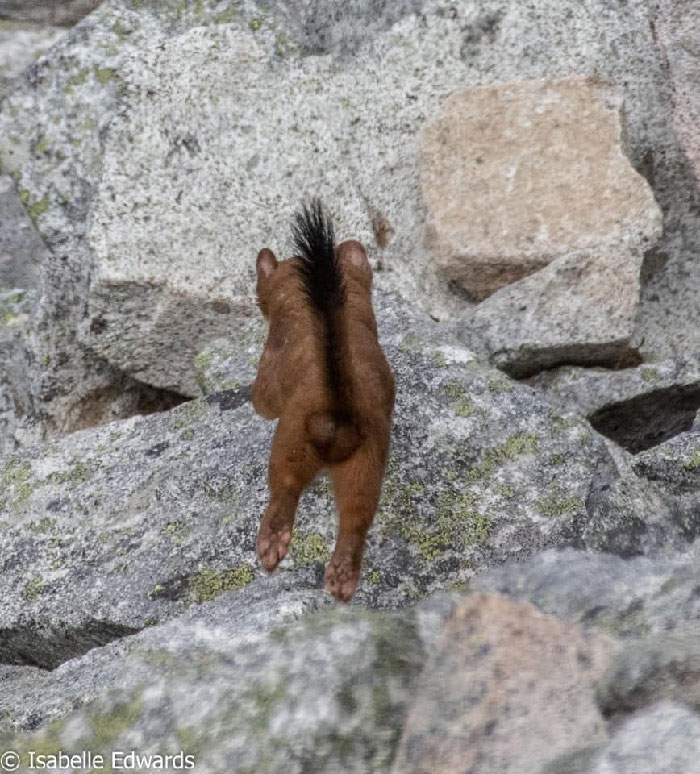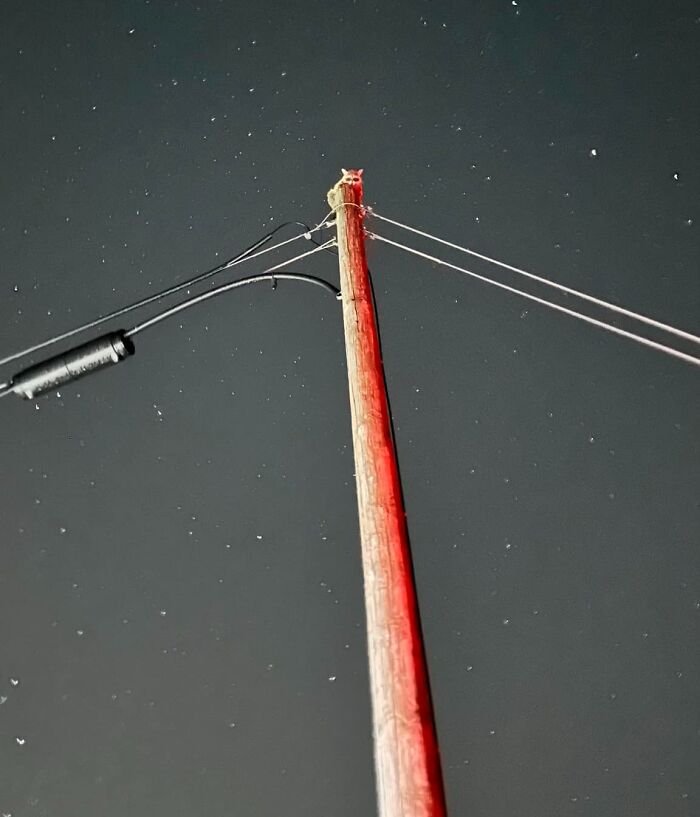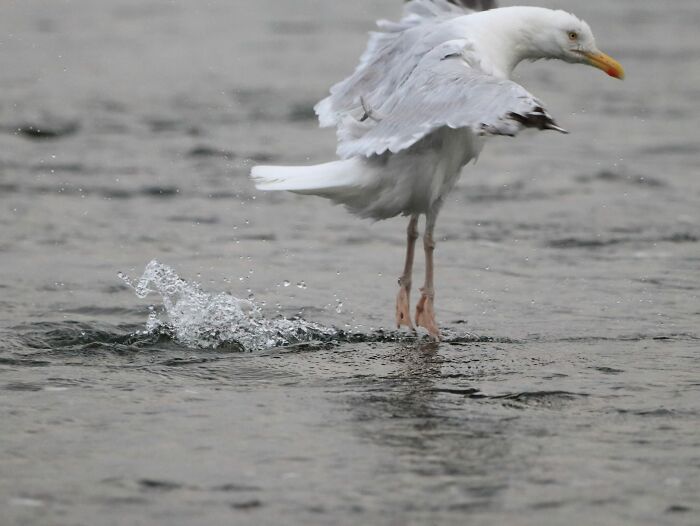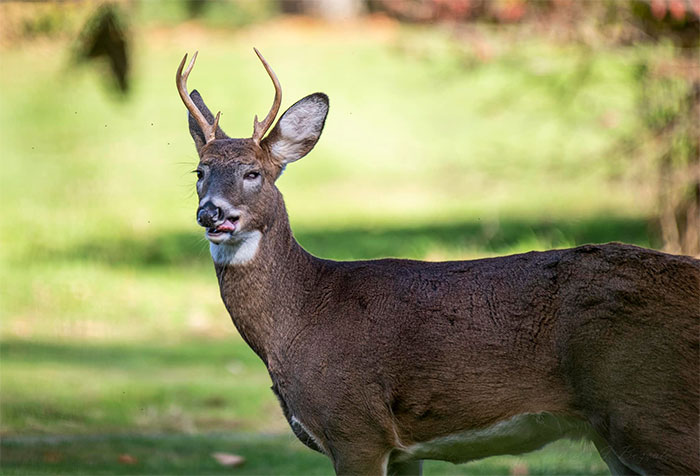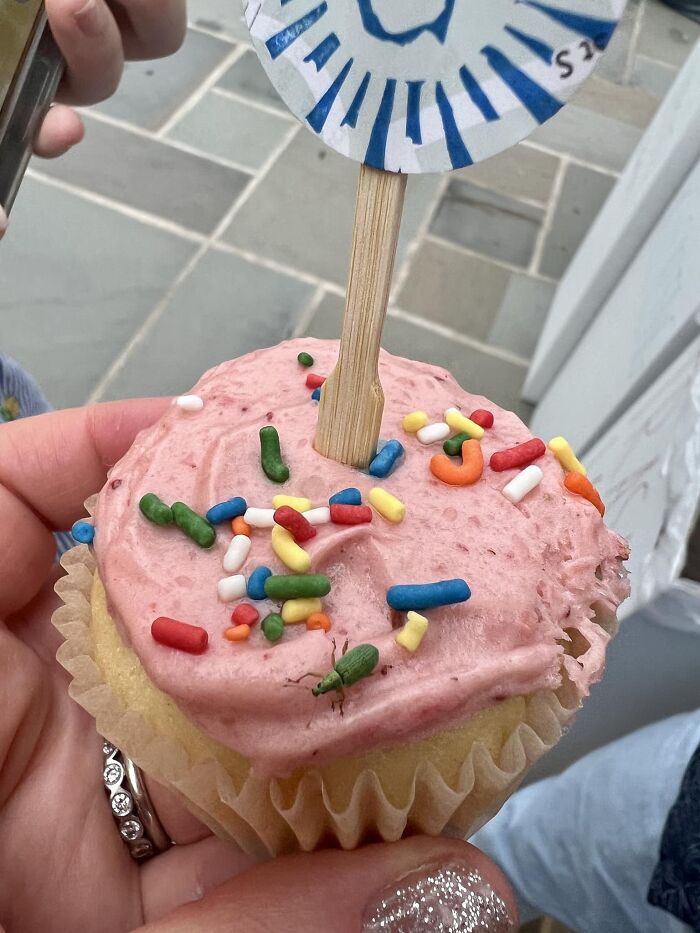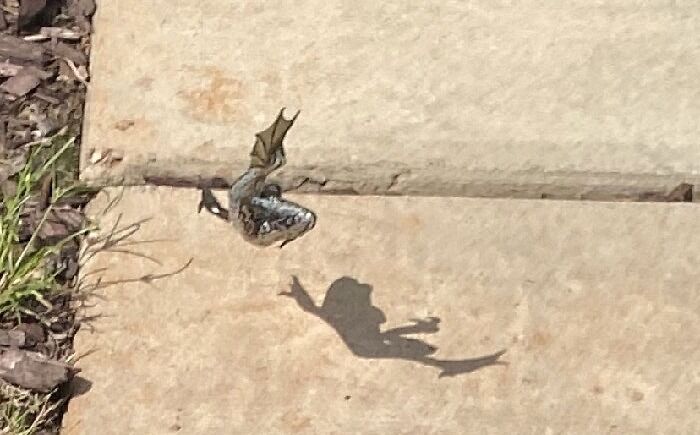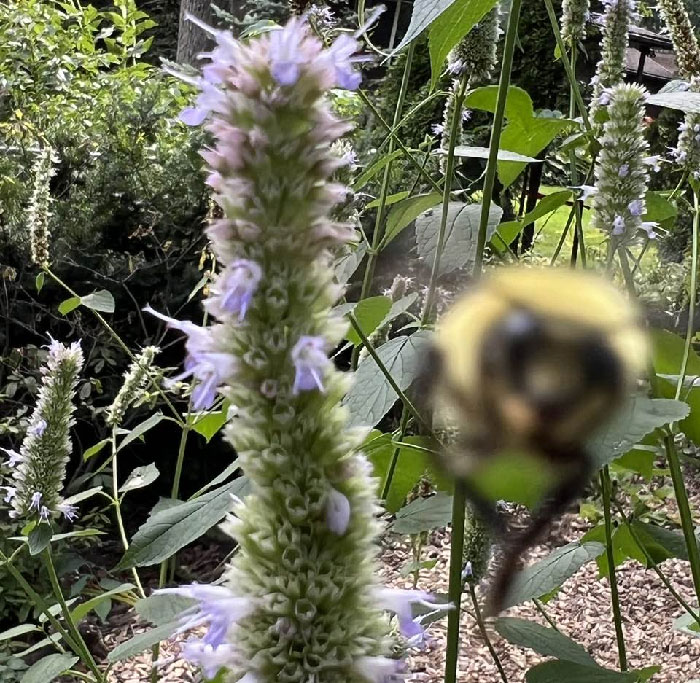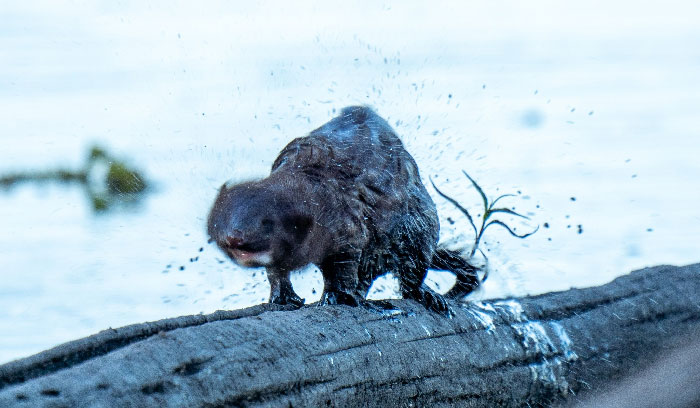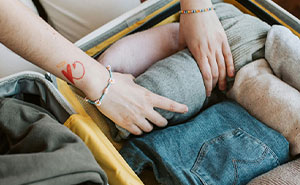Today, we have prepared a list of beaaaautiful pictures of one of the two—animals, as shared on the ‘Crap wildlife photography’ Facebook group. Covering all sorts of scenarios, from the wild beings unable to stand still for a moment, to photographers messing up themselves, the list is filled with some impressive shots; but there’s no need to take my word for it, just scroll down to find them and see for yourself. Enjoy! In order to learn more about animal behavior and the challenges those trying to capture it might face, Bored Panda got in touch with evolutionary biologist and Professor at the Department of Biology at Queen’s University, Robert Montgomerie, and wildlife and environmental photojournalist Steven Holt, who were kind enough to share their insight on the topic. You will find their thoughts in the text below. “That disturbance can have detrimental effects on their survival and reproduction,” he pointed out, adding that it’s usually important to keep one’s distance and be constantly aware of any changes in the animal’s behavior evoked by a human’s presence. “It is fairly easy to detect when a bird is becoming more alert, as it might stop foraging, freeze, start to move away from you, or begin alarm calling. Those are cues that you are too close and that it’s time to back off a bit; or a lot. “It is also important to minimize the disturbance of a bird’s habitat, especially during the breeding season. Never trim vegetation just so you can get a better shot,” the expert said. “Each animal is an individual with their own level of comfort and some species tend to be much more wary than others,” he pointed out. “My ideal is to be seen but to have my presence fully accepted or at minimum to be tolerated by the animal at a distance.” “I drove to the far side of the woods and re-approached them from the opposite direction. The mother moose quite understandably became utterly incensed. Her eyes started rolling in her head—if you ever see the whites of a moose’s eyes I can advise you to get up a tree, stat. “Sadly, the small lodge-pole pines surrounding me were not easily climbable. The mother moose charged straight at me. I stepped behind a small six inch diameter tree hoping to do-si-do with the tree in the middle. I was not feeling particularly optimistic that I could dodge a kick from a five-foot-long leg. “Luckily, I didn’t have to find out how my dancing ability stacked up against this enraged mother moose. Her charge veered off at about 20 feet out and she trotted off with her calf having made her point completely clear to me. I was unethically foolish and damn lucky that day and have since endeavored to always listen when animals communicate any kind of distress,” the photographer said, seconding Prof. Montgomerie’s point that paying attention to the animal’s movements is crucial. “Researchers have recently studied what we call flight initiation distance (FID) and the results are, not surprisingly, that this varies with species, time of year, and even among individuals. Even within species, some birds are very skittish while others appear to be relatively tame,” he pointed out. “Most of the many species that I have studied pay little attention to humans in the birds’ natural habitats unless we try to approach them directly for photography or observations and as a result get too close. Negative reactions by birds increase dramatically if you are walking a dog, making a lot of noise, or operating a noisy vehicle.” “At least, we have technology that can help us against many of these challenges,” he pointed out. “But perhaps the biggest challenge for me is to consciously allow a bug to bite me when I know swatting it would possibly scare off the animal that I have gradually gotten to trust me.” But whether the creatures are moving or standing still, far from every specimen of animal photography ends up being an applause-worthy one (and this list clearly proves it). When discussing how often the shots don’t come out the way he expected, the expert said that back in the days of film, that wouldn’t happen that much as he was extremely careful not to waste expensive film. “Even so, probably only one in 100 shots was really a keeper,” he admitted. “Now with digital photography I often take 1000 or more photos in a day out and don’t really like any of them. The new cameras offer a ton of creative possibilities so I often try to photograph behaviors and birds that would have been impossible for me to capture on film.” He shared that in addition to allowing him to express his creativity, photography helps him to focus his attention on the animal’s behavior and anatomy both while taking photos and movies and later when viewing and processing the material. “To me this is much more satisfying than the endless twitching of new species. Through photography I feel I get to know the birds better, and I gain a greater appreciation of the interesting behaviors of relatively common species as they tend to be more available and easier to photograph.” Follow Bored Panda on Google News! Follow us on Flipboard.com/@boredpanda! Please use high-res photos without watermarks Ooops! Your image is too large, maximum file size is 8 MB.
